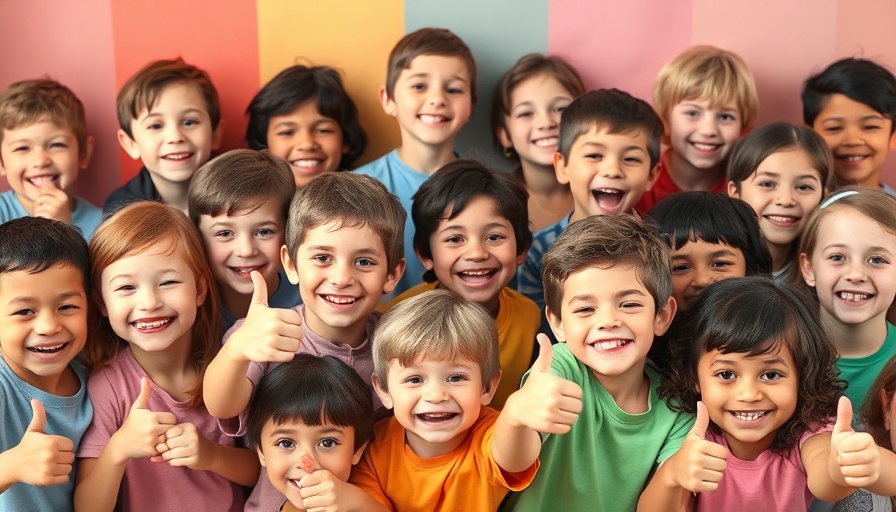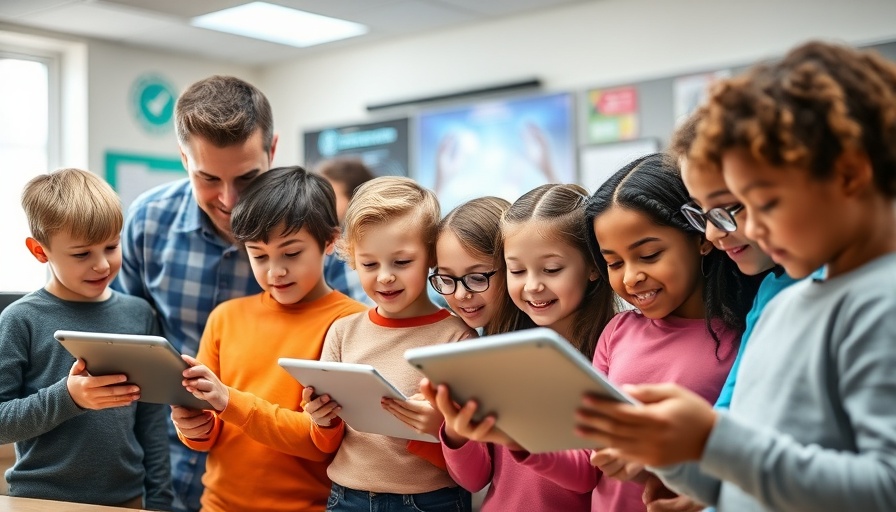
Finding Joy in Education: A Teacher's Perspective
The notion of joy in education is not just a fanciful concept; it's a pivotal force that can reshape classrooms and enhance learning experiences. Nita Creekmore, a passionate fifth-grade teacher, embodies this philosophy by acknowledging that joy must be cultivated daily, even amidst the challenges of a seemingly broken system. She emphasizes that joy springs from deep connections with students and colleagues, where the human element of teaching becomes paramount.
The Link Between Teacher and Student Joy
Creekmore's assertion that teacher joy directly influences student joy is a crucial insight for educators and administrators alike. When teachers approach their classrooms with enthusiasm and positivity, that energy permeates the classroom atmosphere. This connection is particularly vital for students who enter the classroom with preconceived notions about learning. Creekmore shares how her excitement for reading can inspire uninterested students to discover the joys of literature. This reciprocal relationship lays the foundation for effective engagement and learning.
Thoughts on Creating a Joyful Classroom Environment
Models of joy in the classroom can take many forms, and Creekmore practices this through intentional greetings and affirmations. Simple gestures, such as high-fives or hugs, serve as daily reminders to students that they are valued and welcomed. An environment built on joy encourages students to show up, both physically and emotionally, reinforcing a sense of belonging that is essential for learning.
The Importance of Self-Care for Educators
To model joy effectively, educators must first take care of themselves. Creekmore practices self-care through meditation and reflection before stepping into the classroom, underscoring the importance of adult well-being in cultivating a nurturing educational environment. This concept aligns closely with the transformative social-emotional learning (tSEL) framework, which advocates for educator wellness as the first step in creating spaces where students can thrive.
Incorporating Culturally Responsive Practices
As supported by experts like Foluke N. Beveridge and Gholdy Muhammad, integrating culturally and historically responsive education (CHRE) into teaching methods can greatly enhance joy and connection within the classroom. By ensuring that students see themselves reflected in the curriculum and by contextualizing lessons in ways that relate to their lives, educators can help students connect their identities with the material being taught. This connection fosters a more profound appreciation for learning and creates a shared sense of purpose.
Mindfulness and Movement as Tools for Joy
Educators can further cultivate joy through practices such as mindfulness and movement. Incorporating activities that engage students physically—like 'Joy Dance Parties'—not only boosts energy but also allows students to express themselves in dynamic ways. Engaging the body through dance or play can lead to higher levels of enjoyment and engagement, making learning a more holistic experience.
Actions for Building Joyful Learning Environments
Creating spaces of joy in education requires intentional actions. Educators should strive to integrate emotional language into conversations, employ restorative practices, and embrace student voices when defining joy. In doing so, they can foster a nurturing environment that encourages creativity, resilience, and a passion for learning. By taking these steps, schools can transform into communities where both learning and joy flourish.
 Add Row
Add Row  Add
Add 




 Add Row
Add Row  Add
Add 

Write A Comment